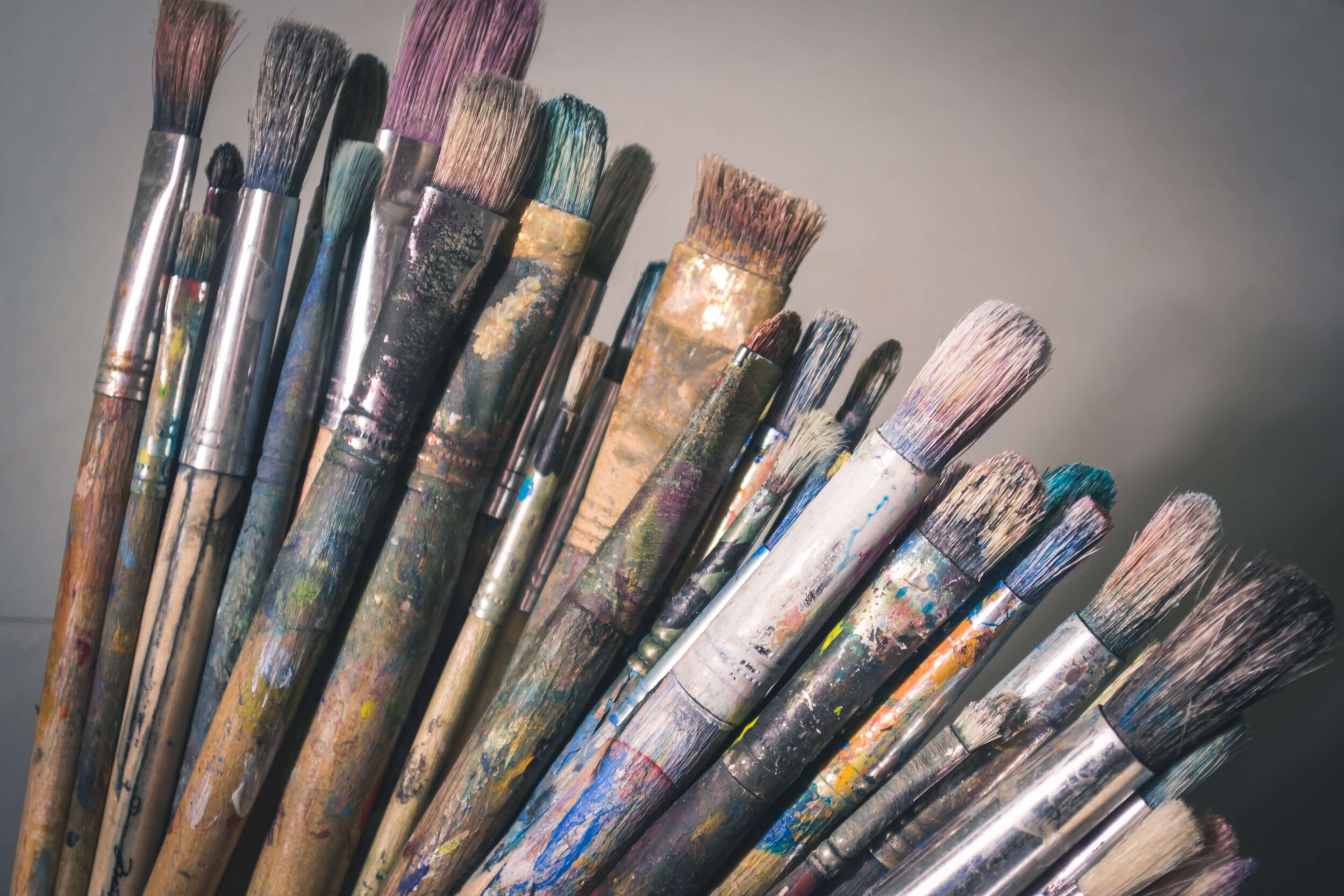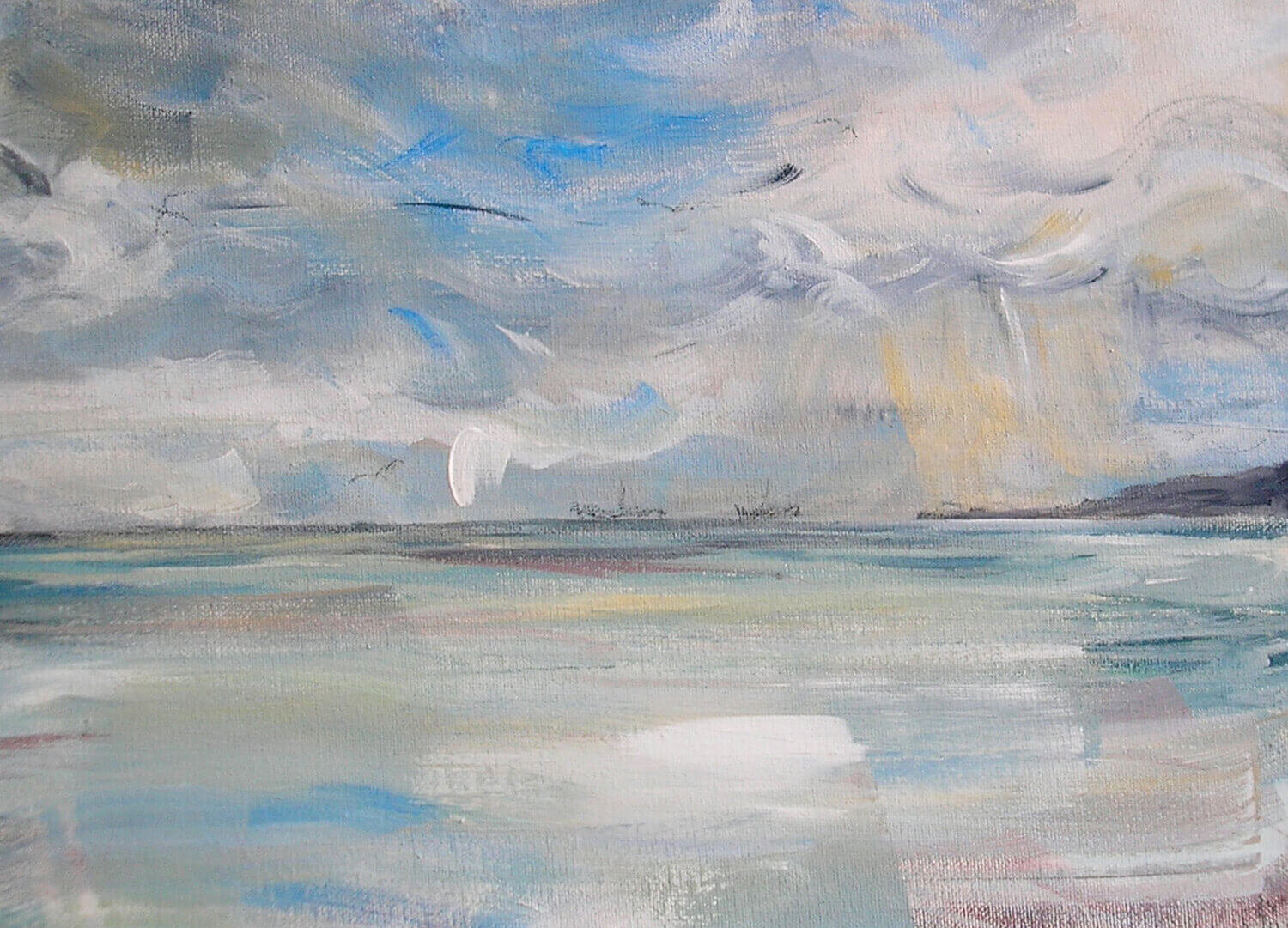How to Become an Artist - 5 Steps to Discovering my Inner Artist
People often ask me, “Have you always painted? How did you get started?” They want to know how to become an artist. What it takes for someone to decide to follow art.
The answer isn’t straightforward. Now I look back, I can see that painting has become part of an inner journey.
The simple answer is:
No, I haven’t “always painted.”
As a child I used to love drawing, and I was surrounded by people who could draw very well. My Grandmother painted delicate watercolours, and I still have a drawing she made of me when I was six years’ old. It’s scribbled in red biro on the obituary column of a newspaper. I was playing my violin.
Curiously, I recently found an old pencil drawing of one of the older areas of Newcastle, which is where I grew up. I bought the drawing and showed it to my mother who said: “That’s by one of your grandmother’s art teachers.”
I found this fascinating because the influence was so obvious in the mark making and the style. I did begin studying art formally. I had an inspiring teacher who taught technique, ‘seeing’ and proportion. But I’d always wanted to be a violinist, so I put my art to one side in order to focus my efforts.
I picked it up again about ten years ago:
First, I began drawing cartoons that expressed the humour I found in day-to-day life. These developed into a series of greetings cards, which were popular amongst friends and colleagues. It doesn’t do the drawings too much of a disservice to say that I called these “Stickman” drawings, because I believed I couldn’t draw.
Now I paint in oils:
This is something I’d always wanted to do. I’d learned to use acrylics, but every time I visited an exhibition of historic importance, I’d be blown away by the depth of colour in the pigments. Knowing the difference a good instrument makes to a musician, I could easily accept that this was at least in part due to the quality of the materials.
So I taught myself to use oil paints:
And I found that they’re actually easier than acrylics. It’s just a question of playing with the texture, thickness and drying times until you work out what they can do. I find exploration absolutely minimises frustration – Now it’s never, “I can’t do this,” it’s “How can I do this? How does it work?”
If you’re curious how to become an artist, one of the biggest factors is exploration. Just try things. No one way is the right way.
My motivation to paint is:
…driven by the fact that I get an itchy feeling if I don’t. I’ve realised I find it really valuable as a way to identify and process feelings and experiences. If that communicates some joy to someone else, I’m actually quite humbled.
It’s a very introverted way to express myself and to create very deep-level connections and conversations.
I get frustrated by the concept that it’s not necessary to be good at something in order to enjoy it. Technique is necessary to communicate.
But at its core art is a process of exploration, whether you’re viewing it or making it. It’s about asking the right questions of yourself, and to me that doesn’t begin with, “Am I any good at this?” It begins with, “How can I do this?”
One of my first paintings, made in 2013 en plein air, now sold.


